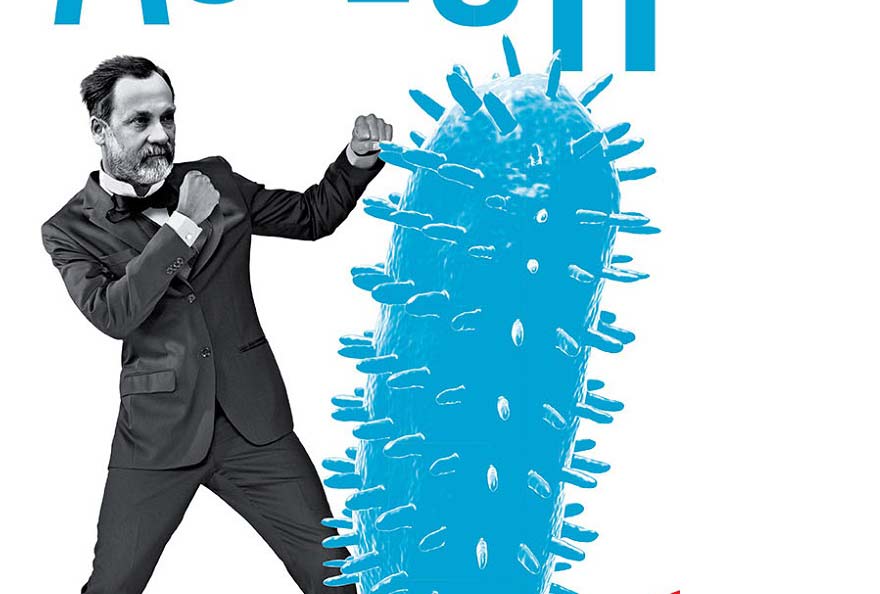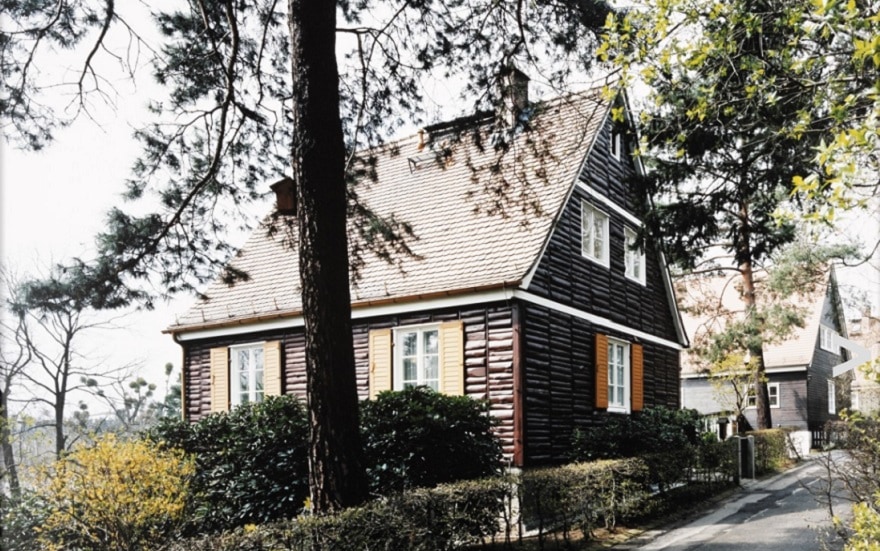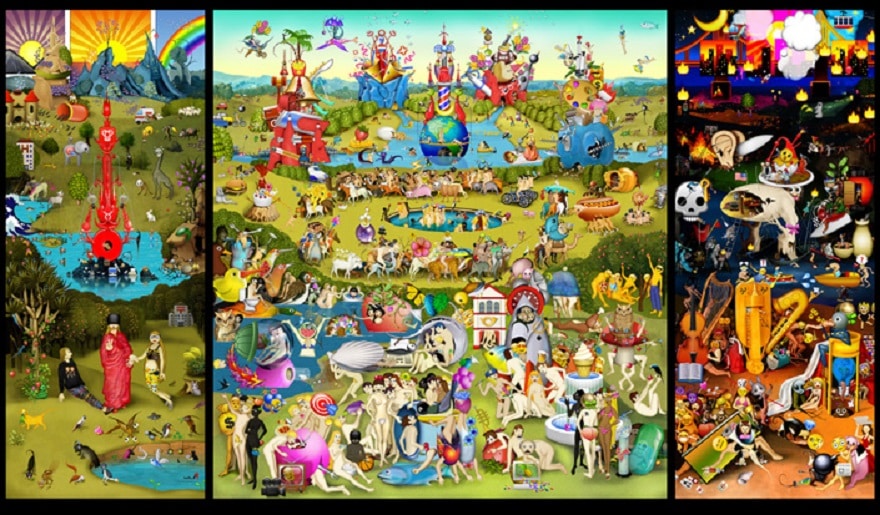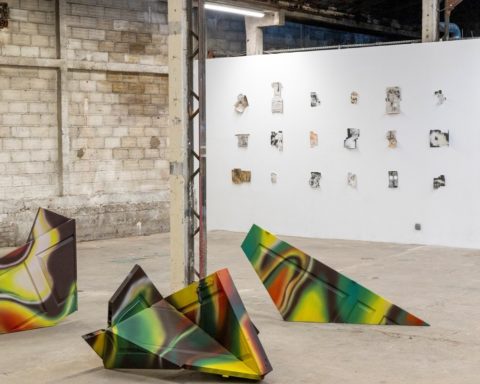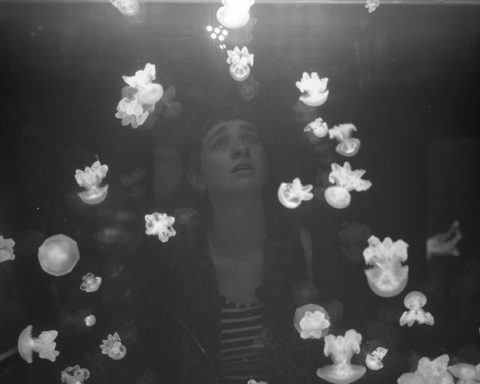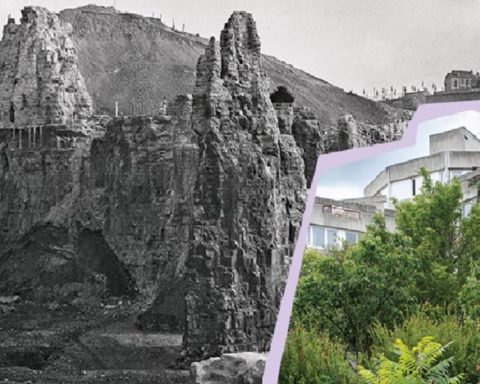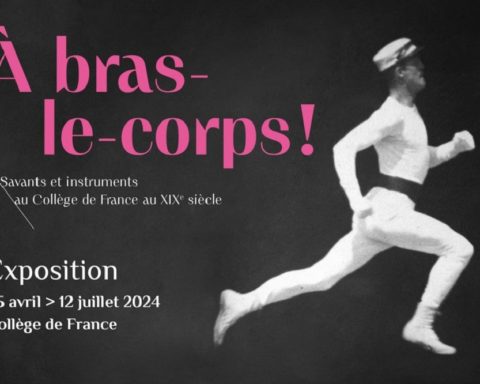Few scholars have known the scientific and social success of Louis Pasteur, whose name is on many avenues, schools and scientific institutions, in France and abroad. It is this great figure that the Palais de la découverte is interested in today, by presenting the "Pasteur method", which characterizes contemporary scientific ingenuity. The Pasteur, the experimenter exhibition thus illustrates the great relevance of an original work, that of a man who could be called the father of modern science" Bruno Maquart, President of Universcience.
Scene: History of the rabies vaccine and founding of the Institut Pasteur
After four years of work, in 1885, the nine-year-old Joseph Meister, who had been bitten several times by a rabid dog, came to Pasteur's laboratory accompanied by his mother. The decision to act must be taken quickly, before the disease broke out, before knowing if Joseph was really infected. Pasteur finally decides to inoculate the young boy with his vaccine. He survives. In the months that follow, many inoculations are carried out in Pasteur's laboratory. As soon as the first successes are known, the "fanatics" rush to the rue d'Ulm and requests for the vaccine flood in from all over the world. As early as 1886, Pasteur expressed his desire to create an independent establishment capable of meeting the growing demand for rabies vaccination. The Pasteur Institute was inaugurated on November 14, 1888 thanks to a national and international subscription.
EXHIBITION ROUTE

